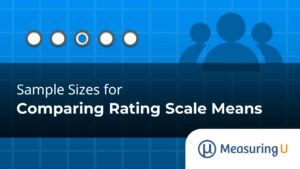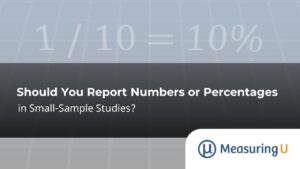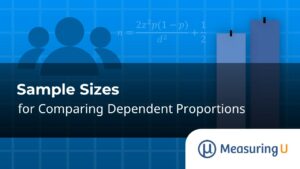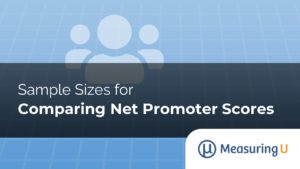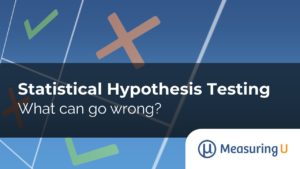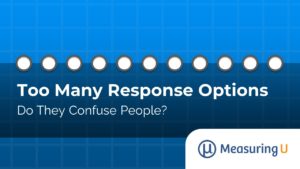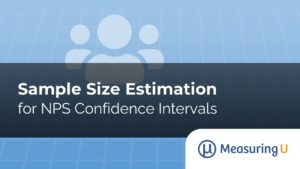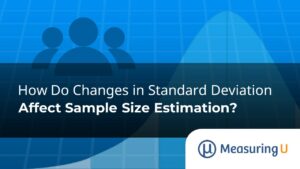
How Do Changes in Standard Deviation Affect Sample Size Estimation?
The standard deviation is the most common way of measuring variability or “dispersion” in data. The more the data is dispersed, the more measures such as the mean will fluctuate from sample to sample. That means higher variability (higher standard deviations) requires larger sample sizes. But exactly how much do standard deviations—whether large or small—impact
